Choosing a domain name is similar to choosing a company name — it requires a lot of thought and consideration. Your domain name is your identity on the web; you want to make sure you choose a name that not only fits your business, but is also easy to find and promote.
1. Make it easy to type
Finding a domain name that’s easy to type is critical to online success. If you use slang (u instead of you) or words with multiple spellings (express vs. xpress), it might be harder for customers to find your site.
2. Keep it short
If your domain name is long and complex, you risk customers mistyping or misspelling it. Short and simple is the way to go.
3. Use keywords
Try using keywords that describe your business and the services you offer. For example, if you’re a glass replacement business, you may want to register GlassRepair.com or GlassReplacement.com.
1. Make it easy to type
Finding a domain name that’s easy to type is critical to online success. If you use slang (u instead of you) or words with multiple spellings (express vs. xpress), it might be harder for customers to find your site.
2. Keep it short
If your domain name is long and complex, you risk customers mistyping or misspelling it. Short and simple is the way to go.
3. Use keywords
Try using keywords that describe your business and the services you offer. For example, if you’re a glass replacement business, you may want to register GlassRepair.com or GlassReplacement.com.
Include the keywords that people enter when searching for your products or services.
It helps improve your rank on search engines (which increases traffic) and just makes more sense to your customers.
4. Target your area
If your business is local, consider including your city or state in your domain name to make it easy for local customers to find and remember. Example: PhoenixGlassRepair.com.
5. Avoid numbers and hyphens
Numbers and hyphens are often misunderstood — people who hear your website address don’t know if you’re using a numeral (5) or it’s spelled out (five) or they misplace or forget the dash. If you need these in your domain, register the different variations to be safe.
6. Be memorable
There are millions of registered domain names, so having a domain that’s catchy and memorable is essential. Once you’ve come up with a name, share it with close friends to make sure it sounds appealing and makes sense to others.
7. Research it
Make sure the name you’ve selected isn’t trademarked, copyrighted or being used by another company. It could result in a huge legal mess that could cost you a fortune, as well as your domain!
8. Use an appropriate domain name extension
Extensions are suffixes, such as .com or .net, at the end of web addresses. These can have specific uses, so make sure to choose one that works for your business. The .com domain extension is far and away the most popular, but it can be tough to get a short and memorable .com domain name because it’s been around for so long.
A bevy of new generic top-level domains — like .photography, .nyc and .guru — offer a great opportunity to register short and highly relevant names. And here are some other top extensions and how they’re often used:
You don’t need to build a website for every domain. Just forward any additional domains to your primary website.
9. Protect and build your brand
To protect your brand, you should purchase various domain extensions, as well as misspelled versions of your domain name. This prevents competitors from registering other versions and ensures your customers are directed to your website, even if they mistype it.
Author
Andrea Rowland is a former small business owner and newspaper journalist, and a published nonfiction author, Andrea Rowland helps craft compelling communications for small businesses and web pros through her work as managing editor of the GoDaddy Garage. When she's not writing or editing, she likes to experiment with baking, travel, read, and dip her toes in the ocean.
4. Target your area
If your business is local, consider including your city or state in your domain name to make it easy for local customers to find and remember. Example: PhoenixGlassRepair.com.
5. Avoid numbers and hyphens
Numbers and hyphens are often misunderstood — people who hear your website address don’t know if you’re using a numeral (5) or it’s spelled out (five) or they misplace or forget the dash. If you need these in your domain, register the different variations to be safe.
6. Be memorable
There are millions of registered domain names, so having a domain that’s catchy and memorable is essential. Once you’ve come up with a name, share it with close friends to make sure it sounds appealing and makes sense to others.
7. Research it
Make sure the name you’ve selected isn’t trademarked, copyrighted or being used by another company. It could result in a huge legal mess that could cost you a fortune, as well as your domain!
8. Use an appropriate domain name extension
Extensions are suffixes, such as .com or .net, at the end of web addresses. These can have specific uses, so make sure to choose one that works for your business. The .com domain extension is far and away the most popular, but it can be tough to get a short and memorable .com domain name because it’s been around for so long.
A bevy of new generic top-level domains — like .photography, .nyc and .guru — offer a great opportunity to register short and highly relevant names. And here are some other top extensions and how they’re often used:
- .co : an abbreviation for company, commerce, and community.
- .info : informational sites.
- .net : technical, Internet infrastructure sites.
- .org : non-commercial organizations and nonprofits.
- .biz : business or commercial use, like e-commerce sites.
- .me : blogs, resumes or personal sites.
You don’t need to build a website for every domain. Just forward any additional domains to your primary website.
9. Protect and build your brand
To protect your brand, you should purchase various domain extensions, as well as misspelled versions of your domain name. This prevents competitors from registering other versions and ensures your customers are directed to your website, even if they mistype it.
Author
Andrea Rowland is a former small business owner and newspaper journalist, and a published nonfiction author, Andrea Rowland helps craft compelling communications for small businesses and web pros through her work as managing editor of the GoDaddy Garage. When she's not writing or editing, she likes to experiment with baking, travel, read, and dip her toes in the ocean.

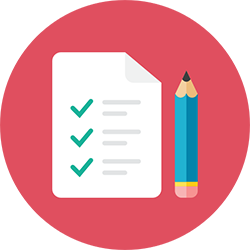
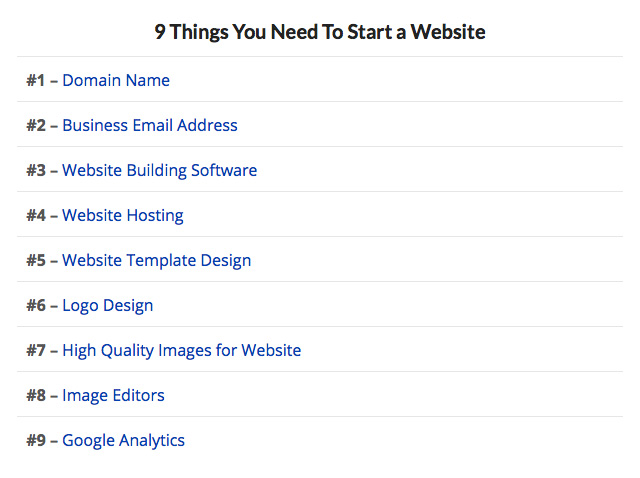

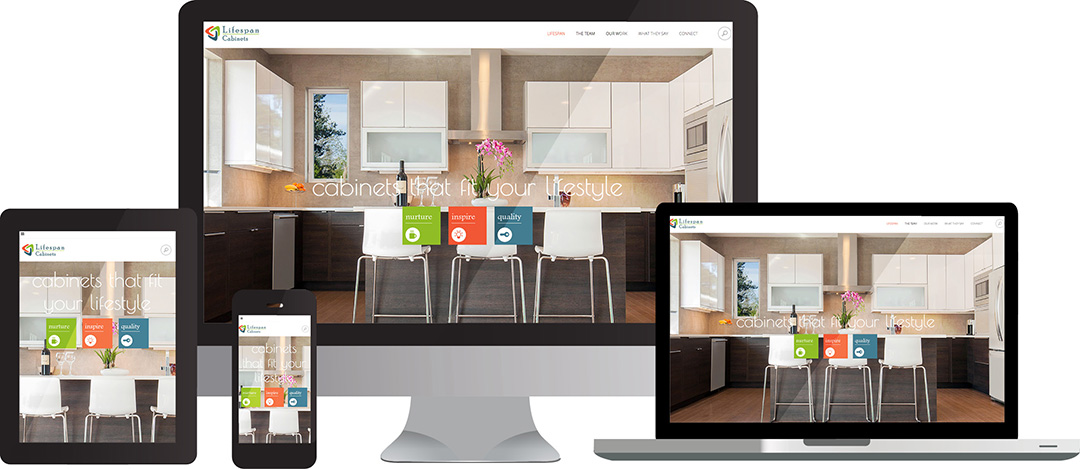
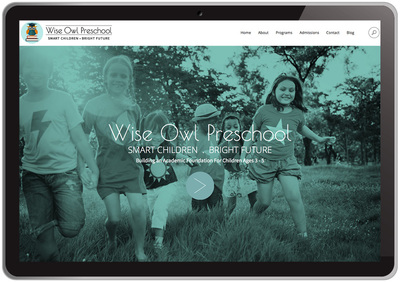
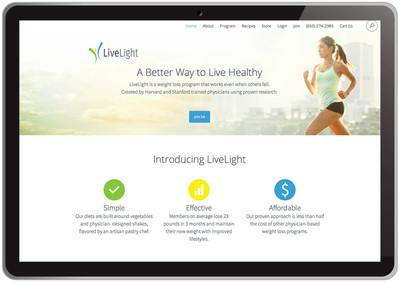


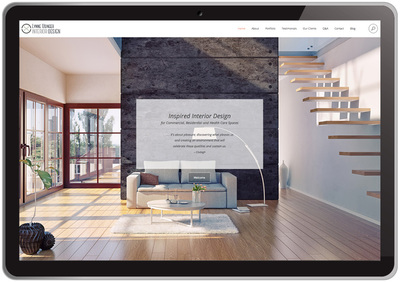
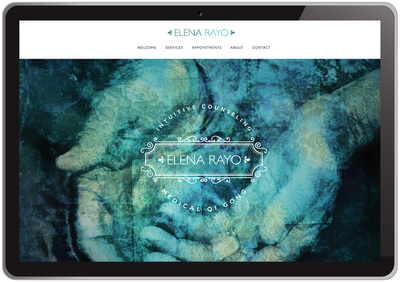
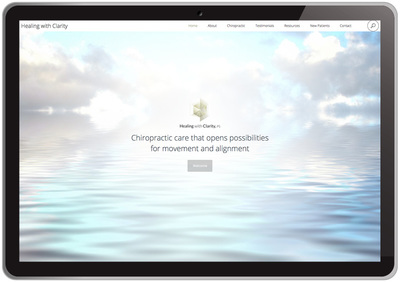

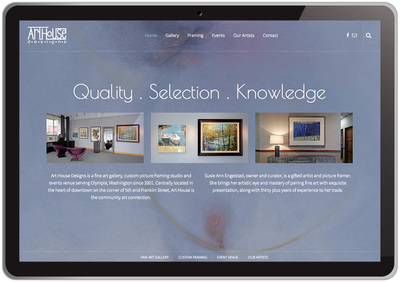
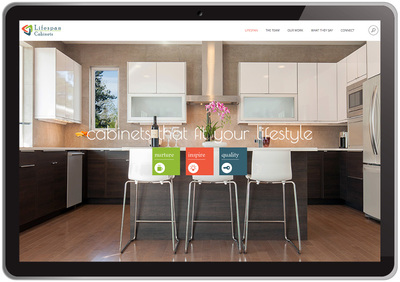
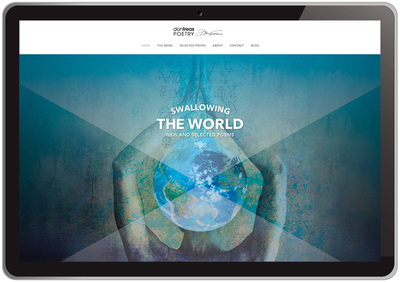
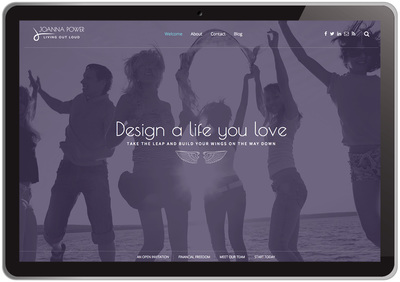
 RSS Feed
RSS Feed

